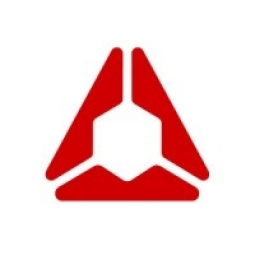技术
- 分析与建模 - 预测分析
适用行业
- 海洋与航运
- 可再生能源
用例
- 车辆性能监测
关于客户
DeepSea 是一家领先的人工智能海事实体,专门从事航程优化。他们利用先进技术开发特定于船舶的性能模型,可以预测各种航海现象对船舶性能的影响。他们的目标是通过准确预测风、波浪和水流等因素的影响来优化海上作业,特别是在燃料消耗方面。为了实现这一目标,他们需要高度准确和详细的海洋天气数据,他们用这些数据来增强他们的预测模型和算法。
挑战
DeepSea 是一家领先的人工智能海事实体,面临着利用高度准确和详细的海洋天气数据源增强其船舶特定性能模型的挑战。目标是预测风、波浪、洋流和其他航海现象对燃料消耗的影响。然而,这项任务并非没有困难。世界上 80% 的海洋仍未绘制地图和观测,这使得准确预测所需的数据存在相当大的缺口。此外,现有的海洋风浪条件数据往往不一致。这是因为它是通过浮标和游船上部署的仪器收集的,导致风天气观测结果存在差异。
解决方案
为了克服这些挑战,DeepSea 与 Spire Global 合作。通过将 Spire 的天气数据集成到其预测航程规划算法中,DeepSea 能够覆盖公海的全球范围。这使得我们能够更全面、更准确地了解海洋状况,从而增强其性能模型的预测能力。 DeepSea 随后分析了中风和强风条件下船速与电力需求增加(进而导致燃料消耗)之间的关系。该分析使他们能够根据不同的风况更好地预测和优化燃油消耗。
运营影响

Case Study missing?
Start adding your own!
Register with your work email and create a new case study profile for your business.
相关案例.

Case Study
Remote Monitoring & Predictive Maintenance App for a Solar Energy System
The maintenance & tracking of various modules was an overhead for the customer due to the huge labor costs involved. Being an advanced solar solutions provider, they wanted to ensure early detection of issues and provide the best-in-class customer experience. Hence they wanted to automate the whole process.
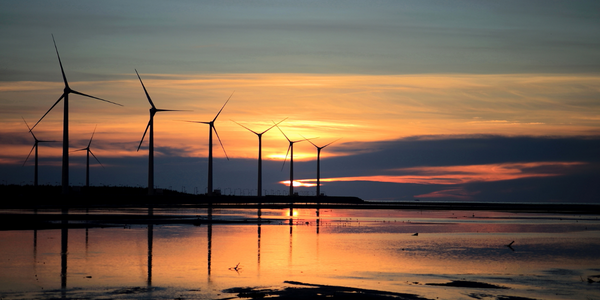
Case Study
Vestas: Turning Climate into Capital with Big Data
Making wind a reliable source of energy depends greatly on the placement of the wind turbines used to produce electricity. Turbulence is a significant factor as it strains turbine components, making them more likely to fail. Vestas wanted to pinpoint the optimal location for wind turbines to maximize power generation and reduce energy costs.
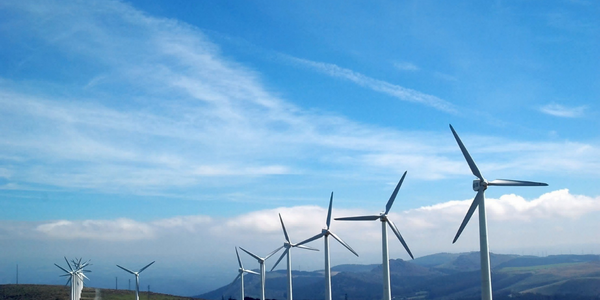
Case Study
Siemens Wind Power
Wind provides clean, renewable energy. The core concept is simple: wind turbines spin blades to generate power. However, today's systems are anything but simple. Modern wind turbines have blades that sweep a 120 meter circle, cost more than 1 million dollars and generate multiple megawatts of power. Each turbine may include up to 1,000 sensors and actuators – integrating strain gages, bearing monitors and power conditioning technology. The turbine can control blade speed and power generation by altering the blade pitch and power extraction. Controlling the turbine is a sophisticated job requiring many cooperating processors closing high-speed loops and implementing intelligent monitoring and optimization algorithms. But the real challenge is integrating these turbines so that they work together. A wind farm may include hundreds of turbines. They are often installed in difficult-to-access locations at sea. The farm must implement a fundamentally and truly distributed control system. Like all power systems, the goal of the farm is to match generation to load. A farm with hundreds of turbines must optimize that load by balancing the loading and generation across a wide geography. Wind, of course, is dynamic. Almost every picture of a wind farm shows a calm sea and a setting sun. But things get challenging when a storm goes through the wind farm. In a storm, the control system must decide how to take energy out of gusts to generate constant power. It must intelligently balance load across many turbines. And a critical consideration is the loading and potential damage to a half-billion-dollar installed asset. This is no environment for a slow or undependable control system. Reliability and performance are crucial.
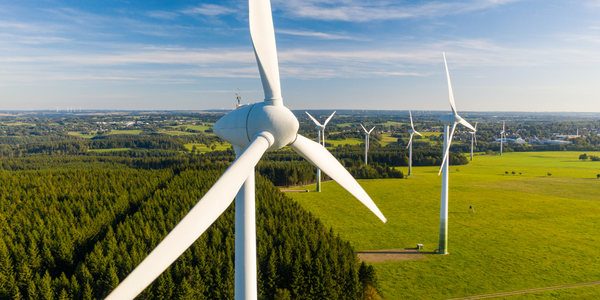
Case Study
Remote Monitoring and Control for a Windmill Generator
As concerns over global warming continue to grow, green technologies are becoming increasingly popular. Wind turbine companies provide an excellent alternative to burning fossil fuels by harnessing kinetic energy from the wind and converting it into electricity. A typical wind farm may include over 80 wind turbines so efficient and reliable networks to manage and control these installations are imperative. Each wind turbine includes a generator and a variety of serial components such as a water cooler, high voltage transformer, ultrasonic wind sensors, yaw gear, blade bearing, pitch cylinder, and hub controller. All of these components are controlled by a PLC and communicate with the ground host. Due to the total integration of these devices into an Ethernet network, one of our customers in the wind turbine industry needed a serial-to-Ethernet solution that can operate reliably for years without interruption.
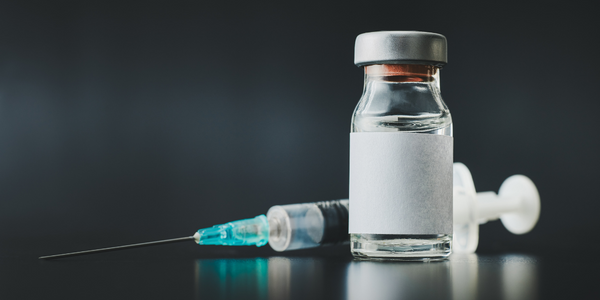
Case Study
Temperature monitoring for vaccine fridges
Dulas wanted a way to improve the reliability of the cold chain, facilitating maintenance and ensuring fewer vaccines are spoiled. Dulas wanted an M2M solution which would enable them to record and report the temperature inside vaccine refrigerators.
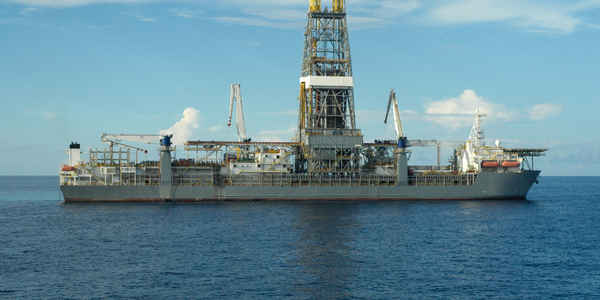
Case Study
Drill ship power challenge: hybrid solution solves distribution issues
Aspin Kemp & Associates (AKA), a manufacturer of electrical power and control systems headquartered in Montague, PEI, encountered one with its hybrid power initiative, the first hybrid drill floor destined for installation on ultra-deepwater drill ships operated by Transocean, Swiss offshore drilling contractors. Since on-site modification was impossible and scrap recycling of any modifications was unacceptable, the enclosures had to arrive ready-to-install.




